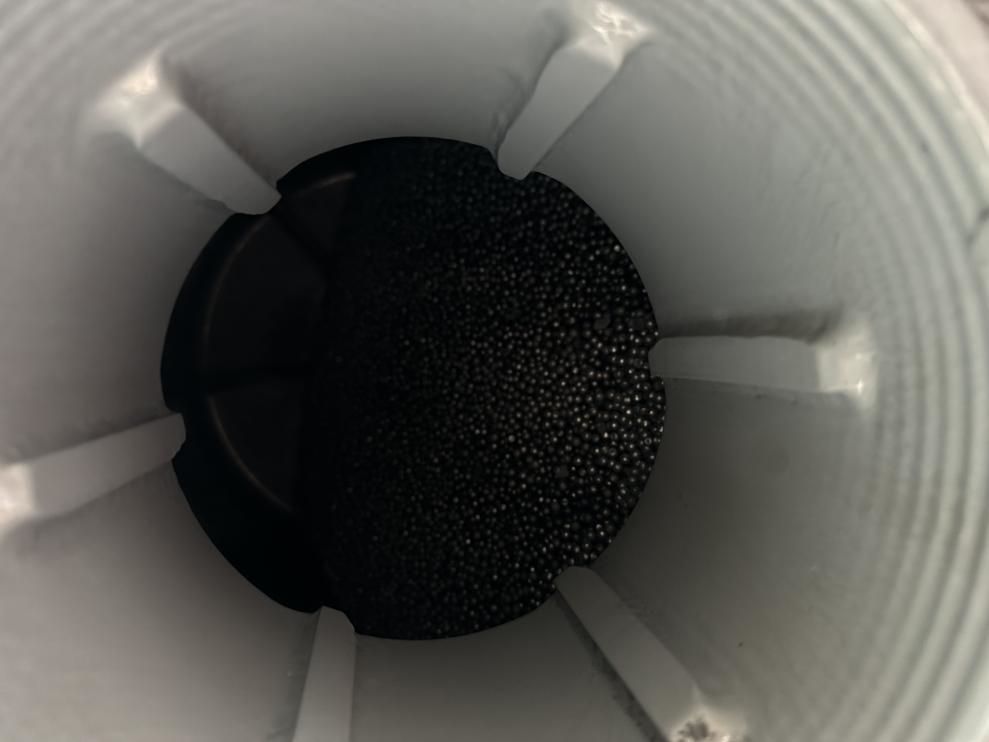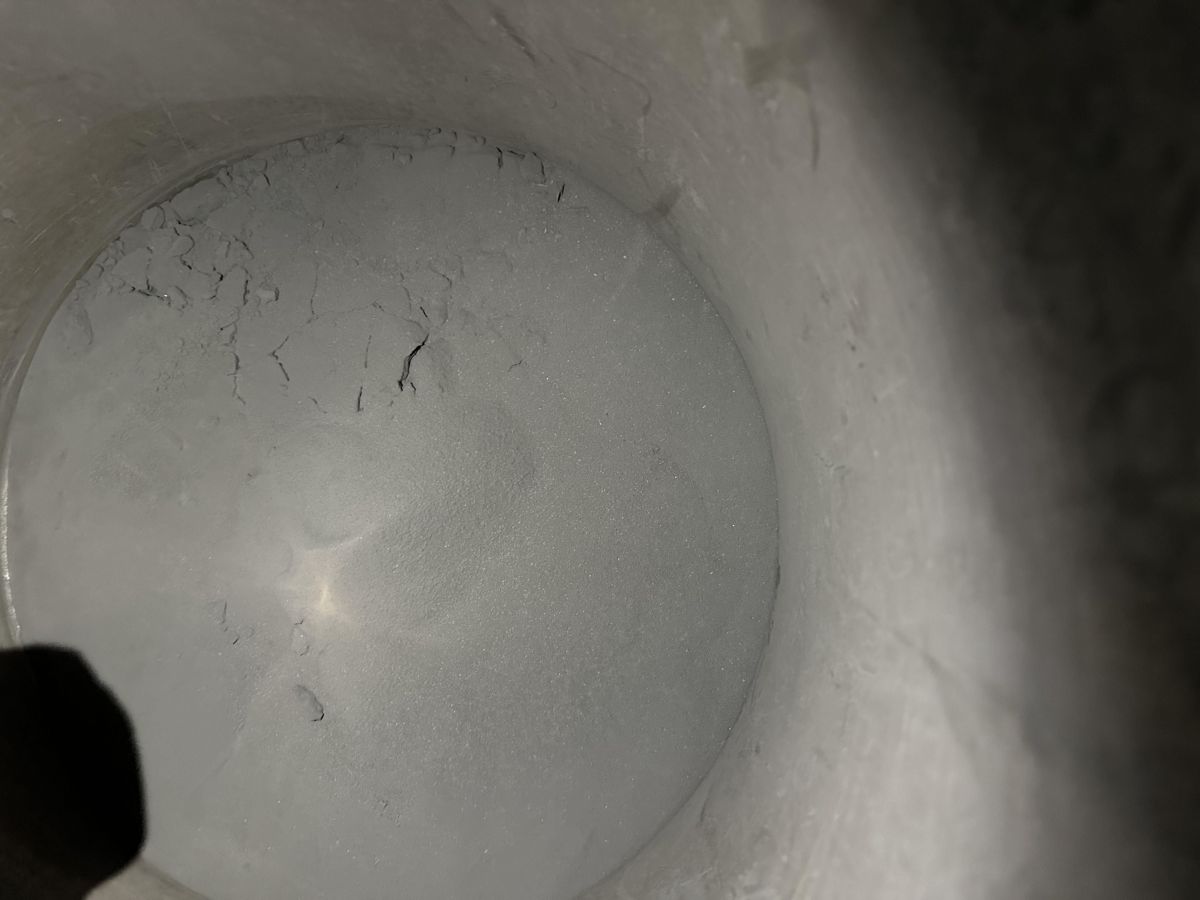As a typical representative of commonly used cemented carbide, tungsten cobalt cemented carbide (YG type of cemented carbide) refers to the alloy composed of tungsten carbide as the hard phase and cobalt as the cemented phase, the English name is tungsten cobalt cemented carbide, and the brand name is composed of YG and the percentage of average cobalt content. The brand name consists of "YG" and the percentage of average cobalt content, such as YG6, YG8 and so on.
In terms of performance, YG cemented carbide combines the advantages of tungsten carbide and cobalt, which are mainly reflected in the high hardness, good thermal conductivity, good impact toughness, high flexural strength and excellent cutting resistance. However, it should be noted that the physical indexes of different grades of YG cemented carbide are different, such as the density of YG6 is 14.6~15.0g/cm3, hardness 89.5HRA, flexural strength 1400MPa, impact toughness 2.6J/cm2, coercivity 9.6~12.8KA/m, compressive strength 4600MPa; the density of YG8 is 14.5~14.9g/cm3; the density of YG8 is 14.5~14.9g/cm3; and the density of YG8 is 14.5~14.9g/cm3. YG8 has a density of 14.5~14.9g/cm3, a hardness of 89HRA, a flexural strength of 1500MPa, an impact toughness of 2.5J/cm2, a coercivity of 11.2~12.8KA/m, and a compressive strength of 4600MPa. In general, with the increase of the cobalt content in a certain condition, the alloy's flexural and compressive strengths and toughness are better, while the density and hardness are lower.
The wear resistance and toughness of the YG type cemented carbide are usually a pair of contradictory bodies, which are mainly manifested in the following: under certain conditions, with the increase of cobalt content or the decrease of tungsten content, the toughness of the alloy is better and the wear resistance is poorer; on the contrary, with the increase of tungsten content or the decrease of cobalt content, the abrasive property of the alloy is better and the toughness is poorer. In order to solve the problem of conflicting wear resistance and toughness of YG-type cemented carbide, the researcher of Patent No. CN1234894C provides a new production method, the advantages of this production technology are: 1) Due to the non-uniform structure of WC grains, the organization of cemented carbide is improved (WC grain adjacency is reduced, Co phase distribution is more uniform, porosity is reduced, and crack sources are greatly reduced), so the wear resistance and toughness of this alloy is better than that of the same cobalt coarser-grained alloys; 2) The use of fine cobalt powders is better than the use of ordinary cobalt powders (2-3μm), and the toughness of this alloy is enhanced by 5 to 10%, while the addition of (0.3-0.6wt%) TaC increases its hardness (HRA) by 0.2 to 0.3, i.e. its wear resistance is also enhanced. ~10%, and after adding (0.3-0.6wt%) TaC, its hardness (HRA) is increased by 0.2-0.3, i.e. its wear resistance is also enhanced.
From the point of view of types, according to the different cobalt content, tungsten-cobalt cemented carbide can be divided into low-cobalt, medium-cobalt and high-cobalt alloys; according to the different grains of tungsten carbide, it can be divided into micro-grain, fine-grain, medium-grain and coarse-grain alloys; according to the different uses, it can be divided into cutting tools, mining tools and wear-resistant tools.
From the viewpoint of production process, the preparation steps of YG cemented carbide include tungsten carbide powder and cobalt powder through batching, wet grinding, drying, granulation, pressing and forming, de-forming agent, sintering and so on. Note: Two kinds of coarse and fine particles of WC powder are used for batching, in which the particle size of coarse particle WC powder is (20-30) μm, and the particle size of fine particle WC powder is (1.2-1.8) μm.
From the application point of view, tungsten and cobalt cemented carbide can be used to cut cast iron, non-ferrous metals and non-metallic materials, in addition to the production of edge tools, drawing moulds, cold punching moulds, nozzles, rolls, top hammers and other wear-resistant tools and mining tools.


Post time: Jul-21-2023
